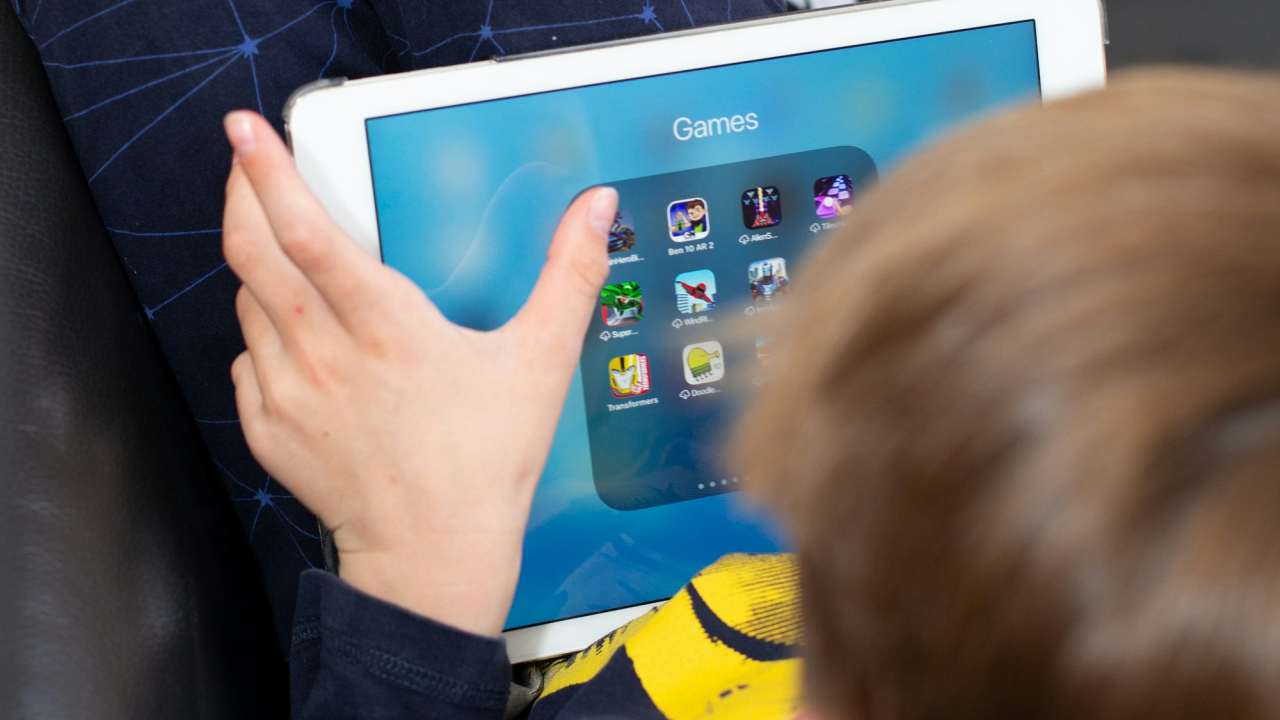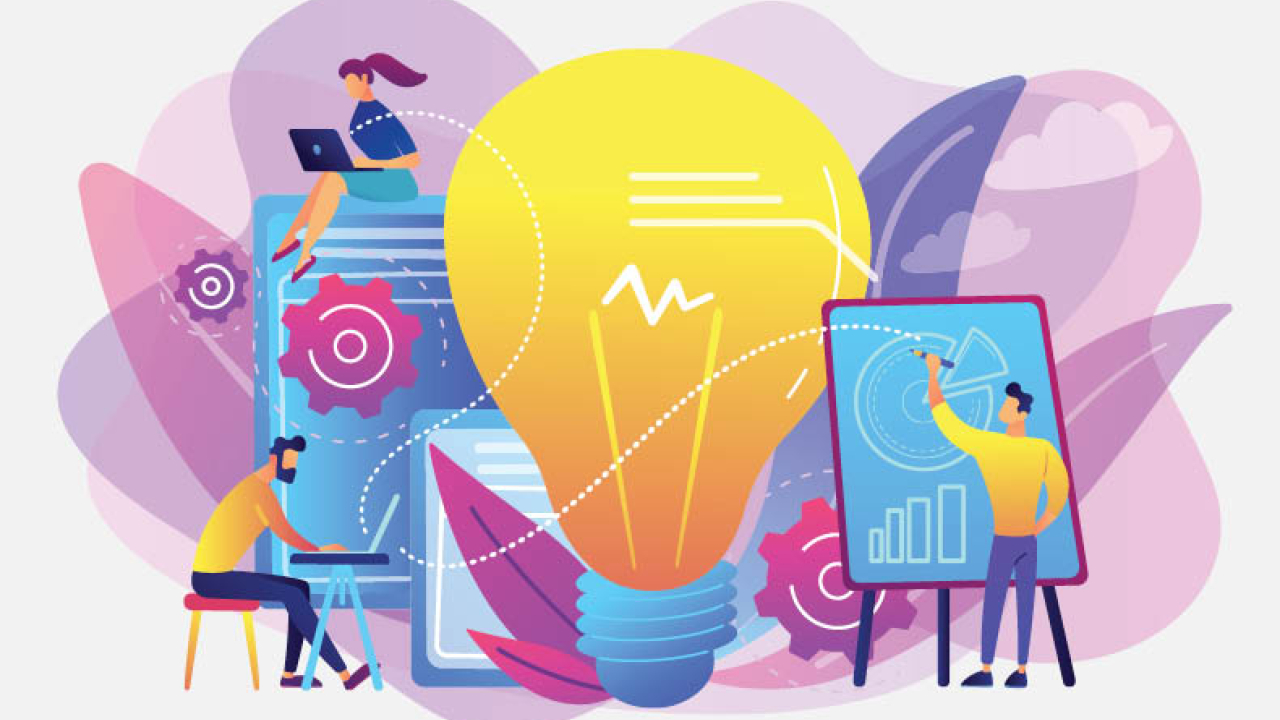Gaming in Education: Unlocking the Power of Play for Learning
In recent years the intersection of gaming and education has moved from being a niche experiment to a global phenomenon in classrooms. Educators and researchers utilize the motivational power of games to promote deeper learning alongside critical skills and personalized education because today’s learners dedicate extensive hours to interactive worlds. This article, backed by current research, explores how gaming is changing education, the science behind it and the challenges and opportunities ahead.

The Science of Engagement: Why Games Work
Interactivity and engagement are key components of successful games. Games necessitate active engagement, decision-making, and problem-solving, in contrast to passive learning. Students can actively practice speaking, reading, and critical thinking in relevant contexts when they are taught through a hands-on, experiential approach that encourages multisensory and multimodal engagement (Cheung & Ng, 2021). By giving students a greater sense of agency and control over their learning paths, educational games have shown the ability to change them from passive recipients of knowledge into co-constructors of it.
Comparing digital educational games to traditional teaching methods, empirical research shows that the former can greatly improve student motivation, initiative, and sustained attention. In addition to reinforcing positive behaviors, mechanisms like instant feedback, progress indicators (like points or badges), and reward systems encourage sustained engagement and perseverance (Al-Azawi et al., 2016; Cheung & Ng, 2021). As a result, game-based learning environments are linked to greater motivation, better memory, and a deeper understanding of difficult subjects.
Gamification vs Game-Based Learning: What’s the Difference
Gamification and game-based learning are two distinct approaches, despite their frequent interchangeability:
• To make non-gaming learning environments more engaging, gamification incorporates game mechanics (such as badges, leaderboards, and points) into them (Li, Ma, & Shi, 2023). For example, Duolingo uses streaks and points to encourage progress. Kahoot adds time limits and rankings to make quizzes more engaging.
• Game-Based Learning (GBL) uses actual games (digital or physical) designed with educational objectives in mind. These games immerse learners in scenarios that require critical thinking, creativity and application of knowledge to progress (Cheung & Ng, 2021). For instance, Minecraft: Education Edition teaches STEM concepts through creative challenges. SimCityEDU builds civic and environmental awareness through city management gameplay.
• To further customize and immerse, both are supported by digital platforms, smartphone apps, and cutting-edge technologies like artificial intelligence (AI), augmented reality (AR), and virtual reality (VR) (Al-Azawi et al., 2016).
Beyond the Classroom
The benefits of gaming in education are many:
• More Motivation and Engagement: Students will participate and persist through challenges when learning feels like play (Li, Ma, & Shi, 2023).
• Improved Retention: According to Al-Azawi et al. (2016), interactive and multisensory experiences improve long-term memory retention.
• Personalized Learning: By instantly changing the content and degree of difficulty, adaptive games allow students to learn at their own pace and ability (Cheung & Ng, 2021).
• Collaboration and Social Learning: According to Al-Azawi et al. (2016), a lot of games foster communication and teamwork, two qualities that are crucial in today's society.
• Real World Application: Simulations and role-playing games allow learners to experiment with real world scenarios in a safe controlled environment (Al-Azawi et al., 2016).
Gamification has a large effect size on student learning outcomes, especially for primary students and science subjects, with motivation being the most improved outcome (Li, Ma, & Shi, 2023). Game-based learning in early childhood education has moderate to large effects on cognitive, social, and emotional outcomes, with puzzle games having particularly strong effects on cognitive development (Alotaibi, 2024).
Gaming as Cultural Capital
Gaming is not just a tool; it’s a cultural phenomenon. Many children view gaming as a type of "cultural wealth"—a collection of abilities, information, and life experiences gleaned from their families, communities, and online networks. Learning can become more relevant and engaging when this cultural capital is acknowledged and used in the classroom to close the gap between students' lives outside of school and inside (Al-Azawi et al., 2016).
Challenges and Considerations
Despite its promise, integrating gaming into education has challenges:
• Equity and Access: Not all students have equal access to devices or high-speed internet, potentially widening existing educational gaps (Al-Azawi et al., 2016).
• Teacher Training and Adoption: Successful implementation requires teachers to be comfortable with technology and game-based pedagogies. Professional development and support are key (Al-Azawi et al., 2016).
• Play and Purpose: Games must be designed to align with curriculum goals and not be a distraction (Cheung & Ng, 2021).
• Screen Time and Wellbeing: With more digital exposure, we must balance the benefits of gaming with screen time and student wellbeing (Al-Azawi et al., 2016).
The Future: AI, Personalization and Lifelong Learning
Looking forward, the future of gaming in education is bright and moving fast. AI-driven analytics, adaptive content and VR will bring even more personalization, engagement and effectiveness (Al-Azawi et al., 2016). As games become central to both formal and informal learning, their impact will extend beyond childhood into professional training and lifelong learning. Educational institutions that do this correctly will be in a better position to develop future learners who are driven, competent, and flexible.
Conclusion
Gaming has evolved from a pastime to a catalyst for education. We can create new avenues for engagement, mastery, and enduring curiosity by combining play with purpose. One thing is certain as we keep trying and improving: learning will be played rather than taught in the future.
References
Al-Azawi, R., Al-Faliti, F., & Al-Blushi, M. (2016). Educational gamification vs. game-based learning: Comparative study. International Journal of Innovation, Management and Technology, 7(4), 132-136. https://doi.org/10.18178/ijimt.2016.7.4.659
Alotaibi, M. S. (2024). Game-based learning in early childhood education: A systematic review and meta-analysis. Frontiers in Psychology, 15. https://doi.org/10.3389/fpsyg.2024.1307881
Cheung, S. Y., & Ng, K. Y. (2021). Application of the educational game to enhance student learning. Frontiers in Education, 6. https://doi.org/10.3389/feduc.2021.623793
Li, M., Ma, S., & Shi, Y. (2023). Examining the effectiveness of gamification as a tool promoting teaching and learning in educational settings: A meta-analysis. Frontiers in Psychology, 14. https://doi.org/10.3389/fpsyg.2023.1253549
By Moustapha Mneimneh
Stay up to date
Subscribe to the free GESS Education newsletter and stay updated with the latest insights, trends, and event news every week. Your email address will remain confidential

